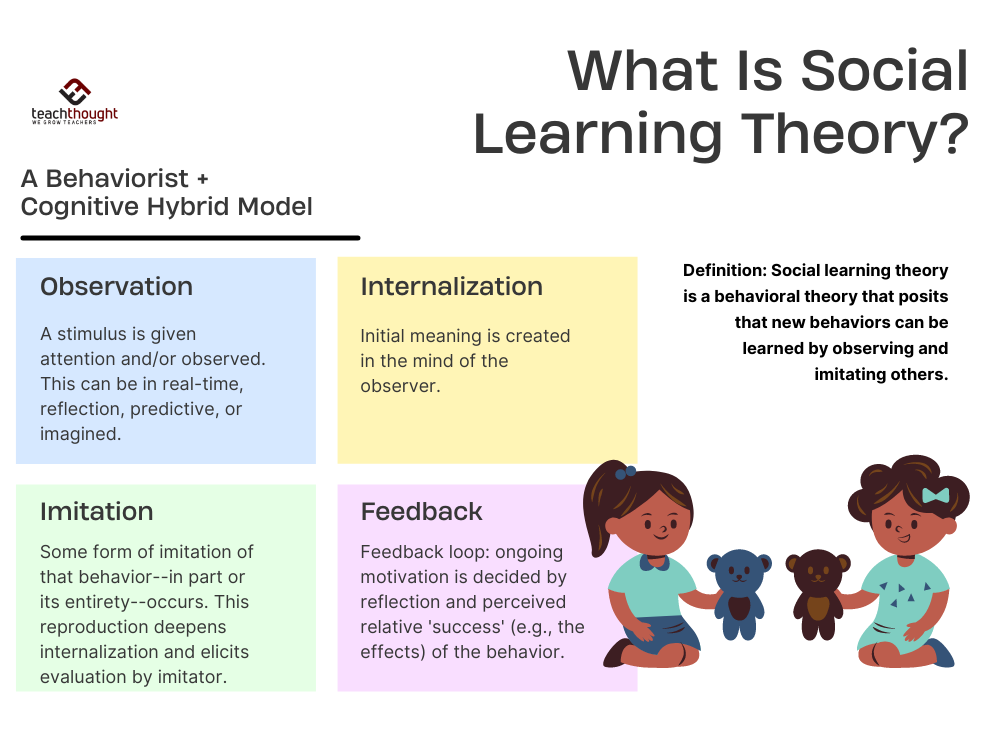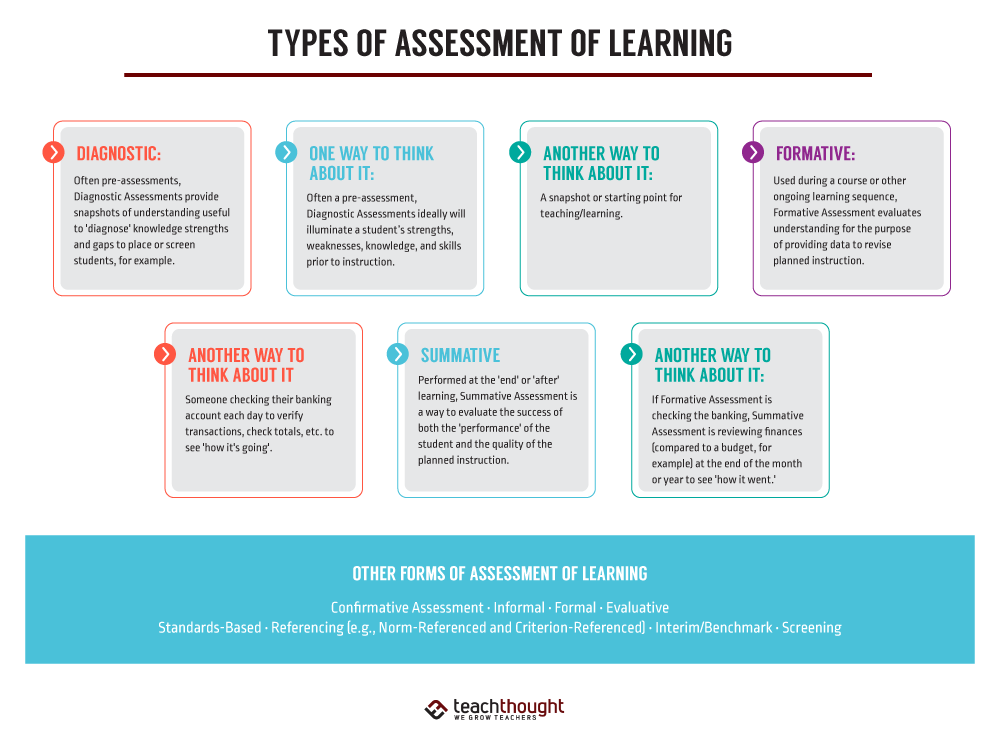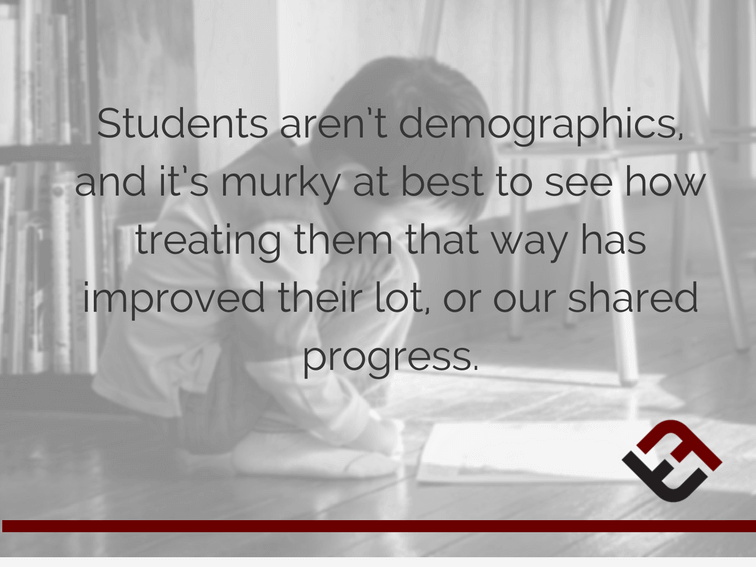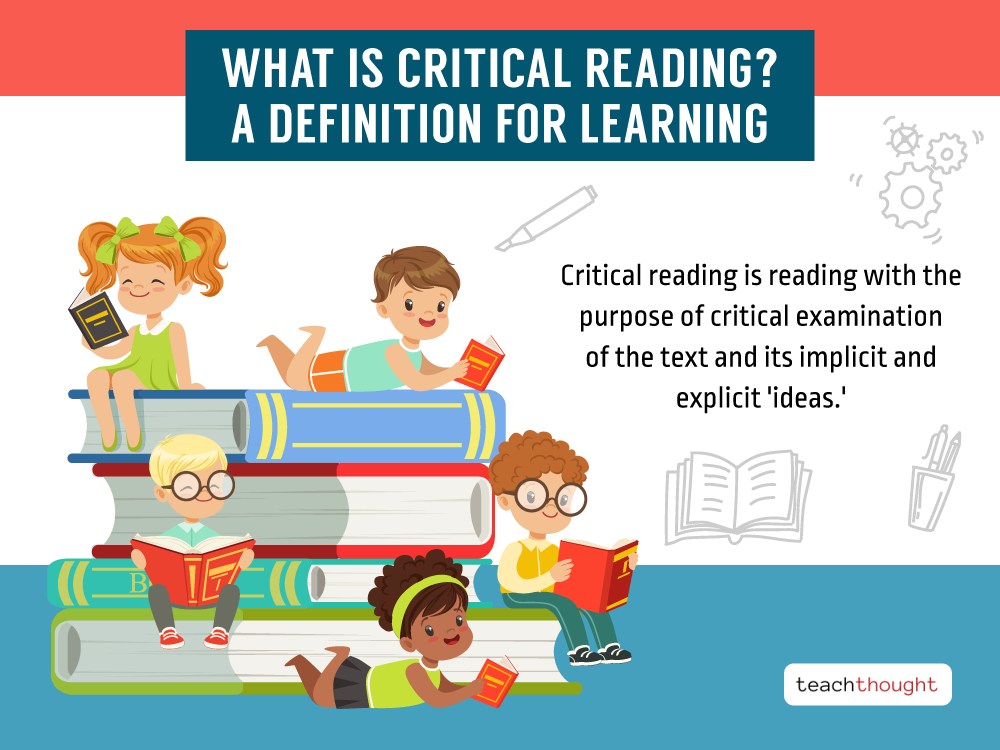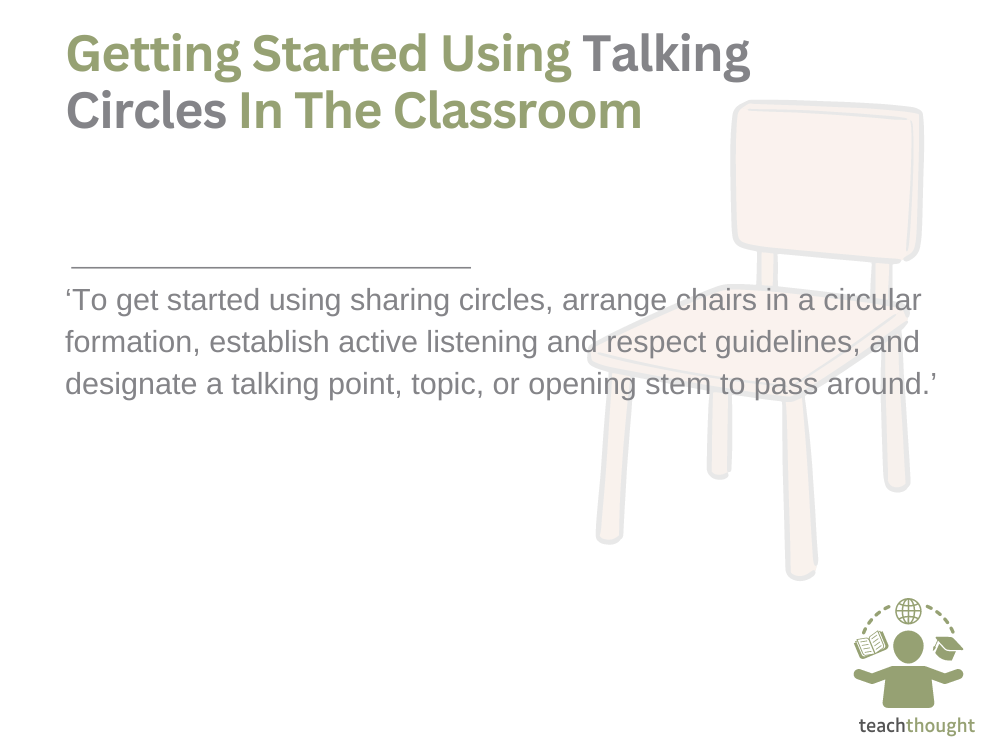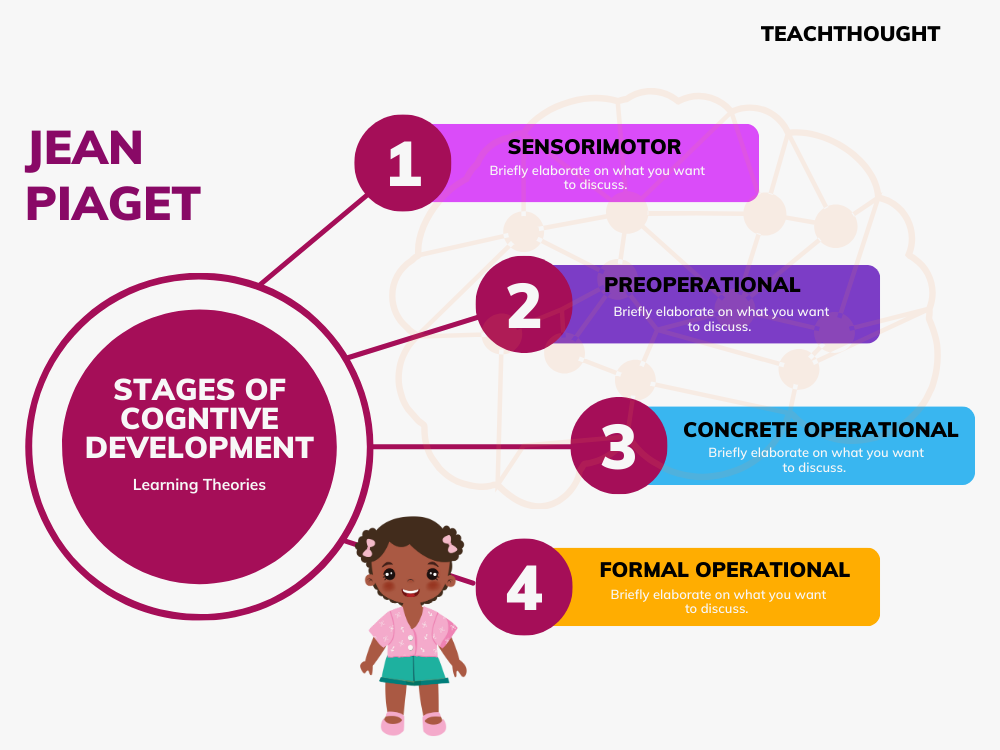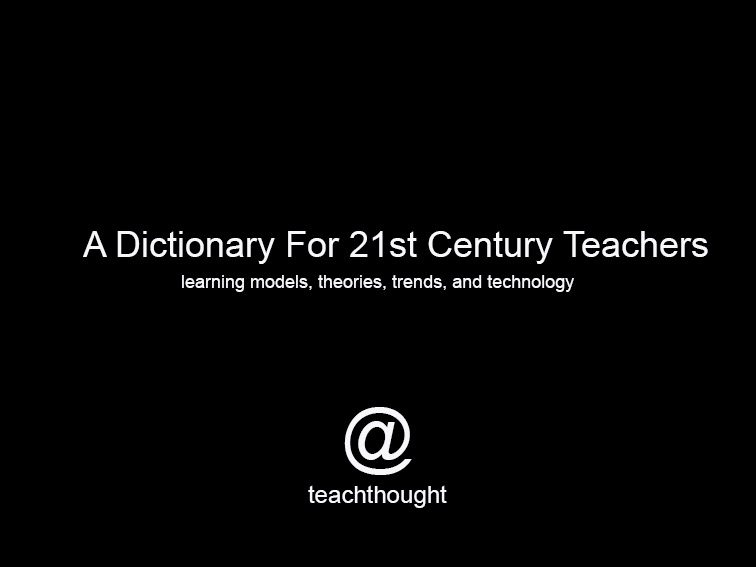Tag: Definitions
What Is Social Learning?
Social learning theory is a behavioral theory that posits that new behaviors can be learned by observing and imitating others.
6 Types Of Assessment Of Learning
From formative and summative assessment to criterion-referenced and benchmark assessment, each type of assessment has a unique function.
A New Definition For Equity In Education
When discussing equity, there are so many convenient phrases but there may be a larger view that we’re missing.
What Is Critical Reading? A Definition For Learning
Critical reading is reading with the purpose of critical examination of the text and its implicit and explicit themes and ideas.
Getting Started Using Talking Circles In The Classroom
Circle practice in the classroom involves sitting in a circle and engaging in age-approriate meaningful dialogue.
Piaget Learning Theory: Stages Of Cognitive Development
Piaget’s stages of cognitive development include the sensorimotor, preoperational, concrete operational, and formal operational stage.
The TeachThought Dictionary: Learning Models & Technology
A Dictionary For 21st Century Teachers: An ongoing index of emerging learning models, theories, and technology for progressive teaching.
What Is The Internet Of Things?
The Internet of Things (IoT) is a term referring to the connection of smart electronic devices in our daily lives.
